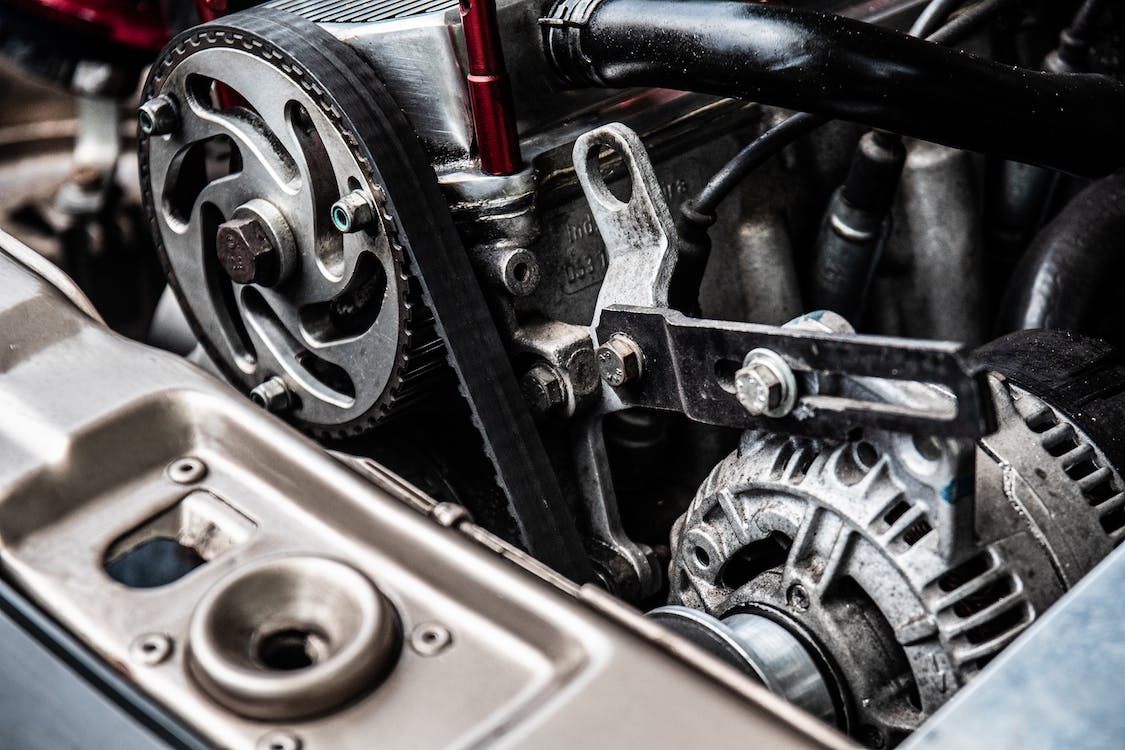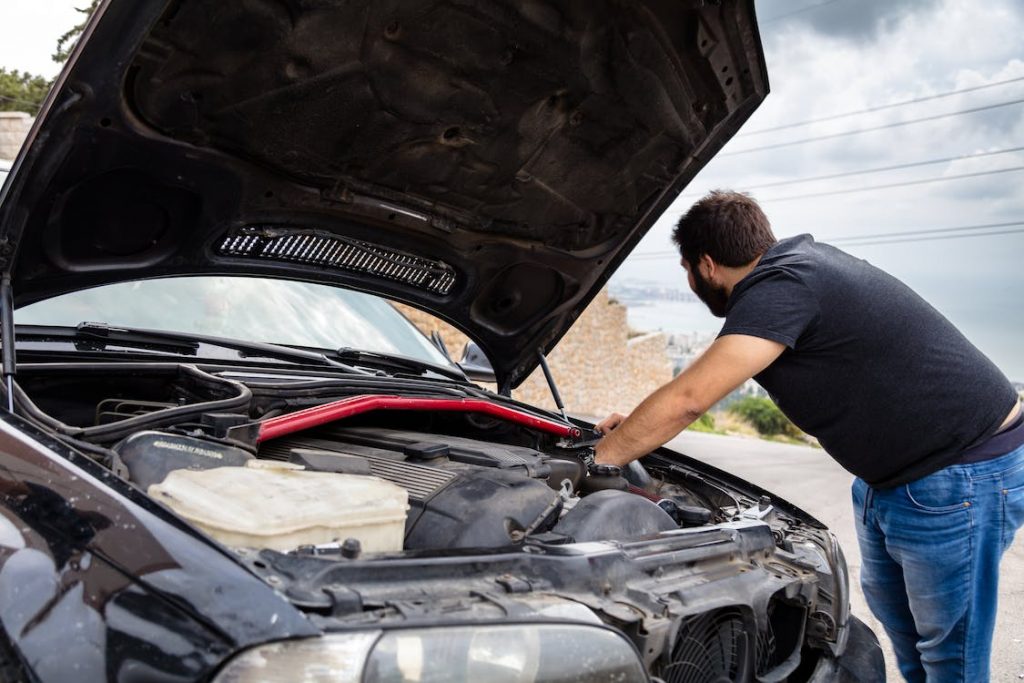Summary
– Reminder of the role of the alternator
– Symptoms of Alternator Failure
– Alternator Failures: Test to Diagnose
– Alternator failures: when and how to repair?
The battery or starter motor does not necessarily cause vehicle starting problems, but the alternator can sometimes cause them. This post will look at the symptoms, diagnosis and repair of alternator failures.
A reminder of the role of an alternator
The alternator is essential for the proper functioning your car because it charges the battery with its coil. The battery needs electrical energy to start the engine and for the vehicle’s accessories, such as the lighting (interior and exterior), heating, air conditioning, car radio and window regulator.
The energy generated by the engine’s rotation is transmitted to the alternator using the accessory belt, which is then retransmitted to the battery. When the engine is stopped, the battery transfers energy to the accessories, but it only allows a little autonomy.
Symptoms of alternator failure

Several signs can alert you that your alternator is about to fail.
– On some cars, if the battery charge light comes on, it indicates a problem with the vehicle. It may also come on when using certain accessories (car radio, windows, etc.). It is recommended that you do not use your vehicle when this light comes on.
– You may notice weakness in the lights or a variation in light intensity inside the vehicle.
– Your electrical system is becoming slower and slower (especially the window regulator).
– If you notice a burnt rubber smell, it is likely that the alternator pulley is no longer turning, so the friction from the belt will cause it to heat up, make noises and eventually break.
– If you notice noises (squeaking, groaning) that increase with the engine’s speed (acceleration, deceleration), it could be a defective part that is not rotating correctly, such as an alternator bearing.
Tip: To try to avoid the failure, test the alternator or have it tested by a professional.
Alternator Failures: Test to Diagnose
It’s relatively easy to perform the test (called a load circuit test) yourself. You’ll need a voltmeter or multimeter and perform the following actions:
– Turn off the motor.
– Connect the voltmeter leads to the battery (red to “positive” and black to “negative”).
– Set your meter to DC voltage. At this point, the value should be greater than about 12V.
– Then disconnect the wires, start the motor and reconnect the wires. If the value displayed is about 14.2 V, the alternator is not malfunctioning. However, if the value is the same as when the engine is not running, you must replace the alternator.
If you can’t diagnose yourself, contact a garage or someone with experience in this field near you.
Note: There is no set time to replace your alternator, but it is recommended that you perform this type of test regularly to avoid any unpleasant surprises.
Alternator failure: when and how to repair?
If the charging circuit is down, the problem is related to your alternator. The question then arises as to what to repair or replace.
– If the failure is due to the pulley, connector, regulator or belt, you must replace the defective part.
– If more than one part is involved, it is best to replace the entire alternator.
The new alternator will cost you between $100 and $600, depending, of course, on the model of your vehicle.
If you are a beginner mechanic, and with some help, you could save the garage fee of $200 to $300 for the alternator change. If you don’t have any special mechanical knowledge and to avoid further problems, it’s best to let a professional take care of it. In any case, remember to get several estimates from professionals.





2 thoughts on “What to Do if Your Alternator Fails”